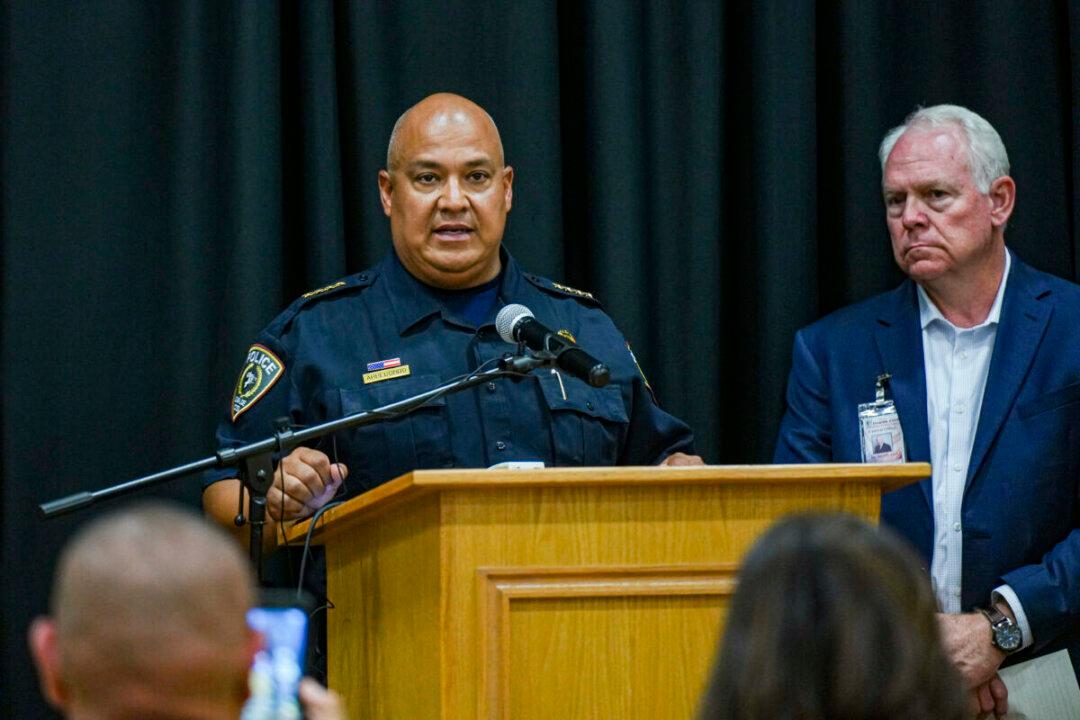The school district police chief who has faced criticism over his delay in ordering law enforcement to breach the classroom where a gunman fatally shot students at Robb Elementary School, did not appear at a city council meeting in Uvalde on Tuesday, despite being sworn in on May 31.
Police Chief Pete Arredondo is facing growing public criticism and scrutiny over his response to the mass shooting on May 24 in which Salvador Ramos killed 19 children and two teachers.




